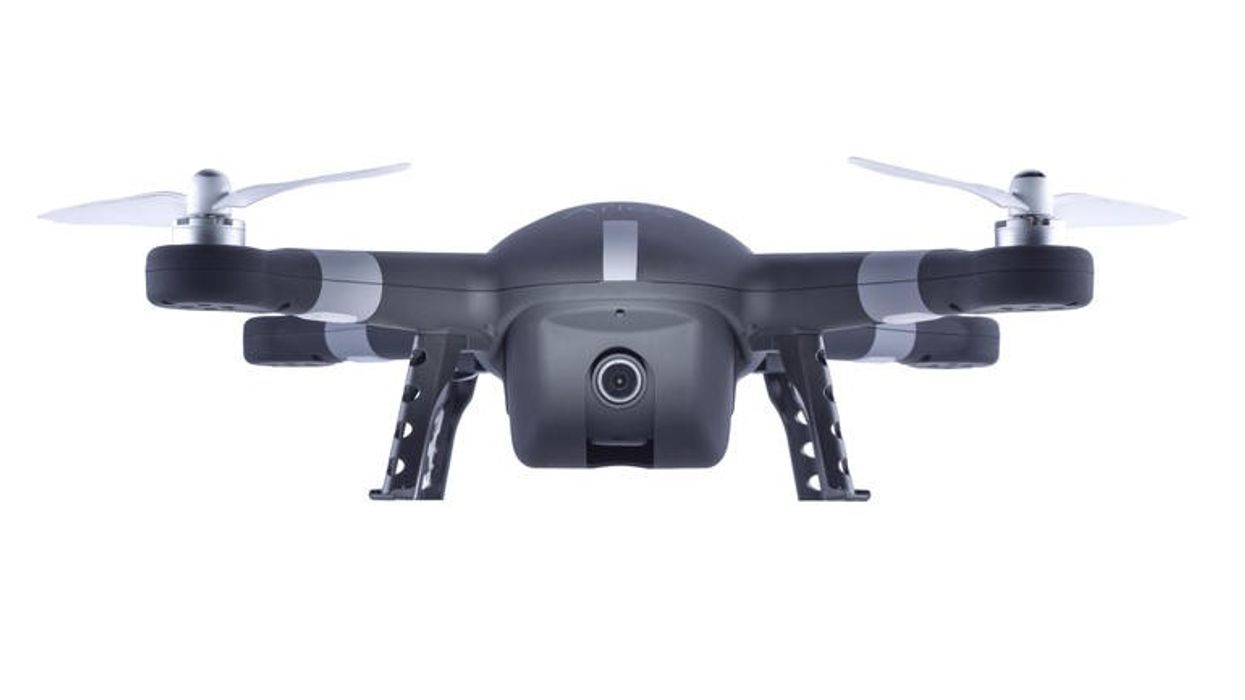Meet Adorama's Aries BlackBird X10 Quadcopter with Built-In Camera & 6-Axis Gyro Stabilization
When we think "drones" DJI is usually the name that comes to mind, but now that Adorama has introduced their own quadcopter, filmmakers can now enjoy a little bit more diversity when deciding what to use for their aerial cinematography.

Adorama is getting in on the quadcopter/drone market with their Aries BlackBird X10 quadcopter. It has those sought-after features that you'd find with a comparable quadcopter, like the DJI Phantom 2 Vision -- both come equipped with built-in cameras that can shoot 1080p video at 30 fps, return-to-home failsafe modes, 25-minute flight times, and have the same $699 price tag. However, the Aries is giving you a little more bang for your buck with a 16 MP camera with an f2.8 lens instead of the Vision's 14 MP cam, as well as a longer range, 6-axis gyro stabilization (the Vision only has one), and the ability to fly in light rain or snow.
Features
- GPS precision
- 500 Meter (1640 Ft) Transmitter range
- Brushless motors
- Wide leg spread for better balance and safer landings
- Camera tilt control
- Camera Auto Angle Adjustment
- Under-wing notification lights
- Can be used in (light) rain or snow
- 6 axis gyro stability
- Fully customizable
- HD video and photo resolution
- Longer range with Wi-Fi extender to 2640ft
- Interface supports 10 different languages
- Emergency safe return and auto land function
- Auto landing feature returns and lands at startup location
- Up to 25 minute flight time per charge
- Writes to MicroSD cards up to 32Gb
- 16 Megapixel still shots
- Burst photo mode
- Easy to use mobile interface
- Phone clip on transmitter
- Easy-to-use mobile interface with apps for iOS and Android
Of course, the FAA's proposed regulations on flying drones, which would require drone pilots to be licensed to fly manned aircraft, makes things a little more complicated when contemplating buying one of these things. One day you're happily (and presumably safely) capturing some great aerial footage for your film, and the next day you're in hot water for not having a pilot's license.
Until these proposals become law, though, you can still enjoy your drones without one, and if you're interested in the Aries BlackBird X10, they're now available to purchase exclusively on Adorama. Shipping begins December 10.
Source: Adorama














